Latest News
- 5 countries in Asia with most public holidays; India also on the list
- Kodagu: A monsoon paradise in Karnataka
- 5 most beautiful Buddhist temples to visit in Asia
- What’s it like to visit Phugtal Gompa, the only cave monastery in Ladakh?
- Highest camp at Mount Everest littered with frozen garbage and human remains; cleanup might take years











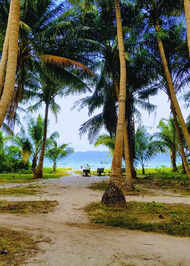

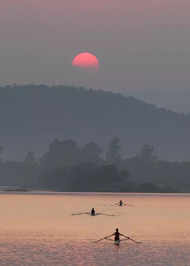
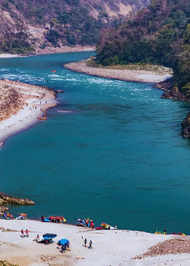


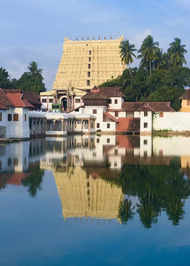
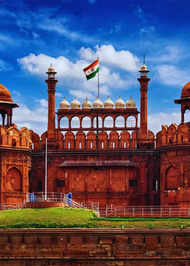
















Comments (0)